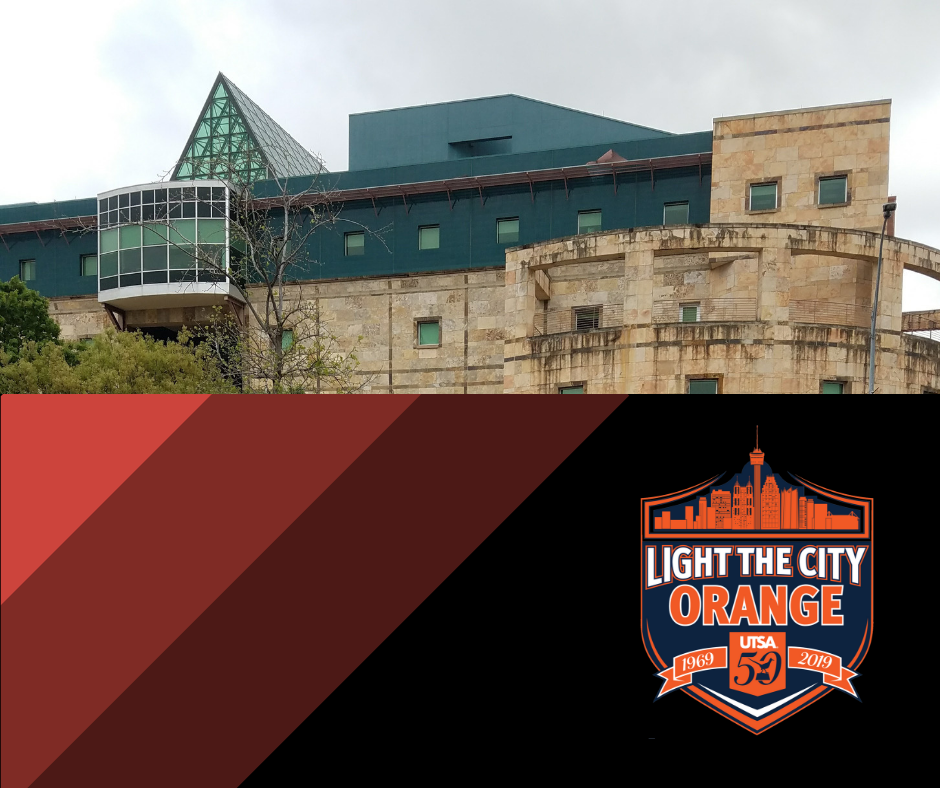Establishing a strong brand community has become a pillar of modern marketing. When cultivating a dedicated home to engage with your passionate consumer audience, you may run into a long-standing debate in business strategy: Should you build a custom solution or find a partner with a ready-made white label community platform? Let’s talk about it.
Where You Build Your White Label Community Matters
Community relationships:
- Strengthen brand loyalty to achieve a higher customer lifetime value
- Drive word-of-mouth brand advocacy to generate new customer acquisition
- Deliver ongoing consumer insights to future-proof your brand in a constantly changing environment
However, the platform you choose for building these communities not only impacts the effectiveness of your reach – it can also impact the perceived value and quality of the connection you have with your audience.
Across all categories, marketers are leveraging digital tools to achieve business goals, and software is more accessible than ever before. The decision between custom software and a developed solution can have lasting effects felt years later. You should aim to make this decision with the long term in mind.
There are several different methods for building an online brand community today. Each has pros and cons, and it’s important to establish your brand requirements to find your best fit. The most popular ways include:
- Creating a brand account on a social networking site or established third-party online community
- Building custom technology to host an online brand community
- Partnering with existing software-as-a-service (SaaS) to create a white label community platform
Should You Build Your Brand Community on a Social Networking Site?
A popular practice for the past decade has been to house your online community on a third-party social networking site like Facebook, Twitter, Instagram, Reddit, and most recently, sites like TikTok and Twitch. While brands can undoubtedly play a role in social media conversations, most marketers will find that their ability to meaningfully engage with consumers is limited.
The widespread usage of social media might make it easier to find consumers, but any consumer relationship achieved is ultimately owned by the social networking site. This leaves brands at the whim of a third party who will often gatekeep data and limit access to consumers by requiring increasing advertising investment.
Key Points
Pros of using a social networking site for your online brand community:
- Established audience with high traffic
- Zero or low upfront costs with often a free account setup
- Extremely low barrier for entry with speedy launch
- No investment in hosting or maintaining technology
Cons of using a social networking site for your online brand community:
- Pay-to-play access makes it hard to be seen by consumers
- The brand does not own the data
- Rigid branding customizations
- Limited and narrow engagement abilities
- Bad PR for the social media site can spill onto your brand’s reputation
In today’s market, establishing a social media following is a great beginning step to online community-building, but it is not enough. For brands looking to graduate from social media, they need to establish an owned community asset as part of their digital footprint.
Should You Build Custom Technology to Host a Brand Community?
Some brands spring for custom technology for their online community-building efforts. This means creating proprietary software built by teams of developers (either internal or external) that is designed to the exact requirements and vision of the brand.
A custom solution is ideal when you do not want to share infrastructure and need core processes and integrations tailored precisely to serve your brand.
Beauty titan Sephora’s Beauty Insider Community is touted as one of the most successful case studies in custom online community building. Sephora created an integrated site ecosystem that inspires and engages beauty enthusiasts. The Beauty Insider Community features are tailored specifically for the Sephora brand. Consumers can explore products on the Sephora site interactively, share insider tips and advice, chat with one another live, and enjoy inspiration from user-generated custom looks.
Senior Vice President of Marketing at Sephora, Deborah Yeh, says “Sephora clients are exponentially more digital savvy. We must constantly optimize all of our digital content and experiences to be mobile-friendly so that it seamlessly fits into the client’s life. The Beauty Insider Community is a direct effort on that front to give Sephora’s customers access to all of our features at their fingertips.”
While there are advantages to total control and ownership over your community platform, custom technology has some serious drawbacks. Custom technology projects are widely known for being cumbersome and expensive endeavors with the potential for runaway costs that can stifle growth.
- In-house platforms run on your brand’s servers, making you responsible for the security, performance, and maintenance of those platforms.
- Teams must stay on top of the latest trends in user experience and design and create a product roadmap to meet the demands of users.
- These two aspects of a custom solution are funded at the expense of budget and people power you could have dedicated elsewhere.
Key Points
Pros of building custom technology for your online brand community:
- The look and feel are designed precisely to a brand’s specifications and requirements
- Can create custom integrations with other marketing technology
- Flexibility to control application features and overall platform development
- The brand entirely owns the data
Cons of building custom technology for your online brand community:
- Build-from-scratch can be labor intensive project with development from potentially months to a year or more
- It can require an extensive investment with ongoing costs and unknown expenditures
- The brand is entirely responsible for hosting technology and maintaining the platform, including bugs, security, user issues, and feature requirements
Should You Build a White Label Community With an Existing Platform?
A happy medium for brands who want an asset of their own but don’t want development and maintenance overhead is to partner with existing technology. A white label community platform is an unbranded, ready-made platform licensed by you, the customer. You own the first party data and zero party data gathered, but a partner handles the day-to-day management of the tech.
- A white label community app is typically hosted and run by the technology provider with a focus on easy setup.
- While existing software is not custom, it is often very customizable. There are typically many ways to insert your branding throughout the community.
- Customization can be added through pre-made templates, fonts, brand colors, logos, custom copy, graphics, and more.
- Complete ownership of relationship with your community members
The right white label community platform will integrate seamlessly with your other online brand assets. Most consumers will have no idea your online community is hosted by someone else, and it will flow nicely as part of your overall digital ecosystem.
Another big plus of a white-label community through a SaaS provider is the expertise and experience of the provider’s team.
- The right partner will have a wealth of use cases, feedback, best practices, and education to ensure your online community strategy is wildly successful. You will never be flying blind.
- New technology is introduced daily: the right community provider will stay up to date on the most relevant features needed and new API integrations.
- They will also lead the charge in delivering a modern and innovative platform. Existing teams will also be aware of changing internet regulations as consumers become more involved in data privacy from companies.
Fast-growing frozen yogurt brand, Clio Snacks, knew they had an incredible asset – their enthusiastic and dedicated consumers. But they needed a way to activate and focus that brand excitement.
So, like many brands, they turned to Facebook groups and Instagram, creating and engaging with a limited group of targeted consumers in private groups. It became clear to the team that there were clear limitations to a social networking community. They wanted to grow their community-building strategy but knew they would need the right tool.
What they were seeking was an online community of brand ambassadors. At its core, a brand-owned community is a place where people can come together with a shared interest in a product or service and interact with the brand and other like-minded people. As a small team with a limited budget, they partnered with TINT’s white label community platform to create the Clio Cravings Club.
Their online community delivers engagement and fosters loyalty to galvanize consumers to act. With the right technology (ahem, TINT) and methodology, their brand community:
- Increases brand awareness and reach by inspiring authentic word-of-mouth advocacy
- Propels consumer acquisition through ratings & reviews and UGC generation
- Creates lasting loyalty through personalized engagement between transactions
- Elevates decision-making by delivering real-time, predictive insights
- Boosts marketing efficiency by delivering data to power every activity
In just the first 100 days of launch, Clio saw an 18% increase in Net Promoter Score, a 23% lift in purchase, and a 25% increase in brand loyalty.
Clio Snacks’ CMO, Rachel Moore, says, “Why did we choose TINT? It was ease, it was access to our consumers, it was ownership of the data, and it was the ability to drive loyalty beyond purchase and to drive insight beyond purchase. That’s really where this platform fit every need that we were trying to piece together previously. And that took it to the next level.”
Key Points
Pros of creating a white label community:
- Low barrier for entry with an existing platform that requires no code
- The brand owns the data
- Look and feel are adapted to brand preferences
- The platform has an experienced product team dedicated to keeping up with trends and user needs
- Lower upfront costs with no hidden surprises
Cons of creating a white label community:
- It may not meet all of your requirements – some preferences will need to be adapted
- Some feature requests take longer due to managing overall product priorities or require additional investment
- May or may not offer integrations with existing marketing technology
How Can TINT Help You Create a White Label Community?
We make scalable brand communities accessible to enterprise and emerging brands. With more than 13 years of experience engaging with millions of consumer advocates on behalf of brands, we’ve got the business of community-building down.
We’re dedicated to enhancing your marketing stack and integrating with marketing tools you already use like Salesforce, Shopify, Bazaarvoice, and more to deliver reviews, user-generated content, social referrals, insights, and data – seamlessly.



